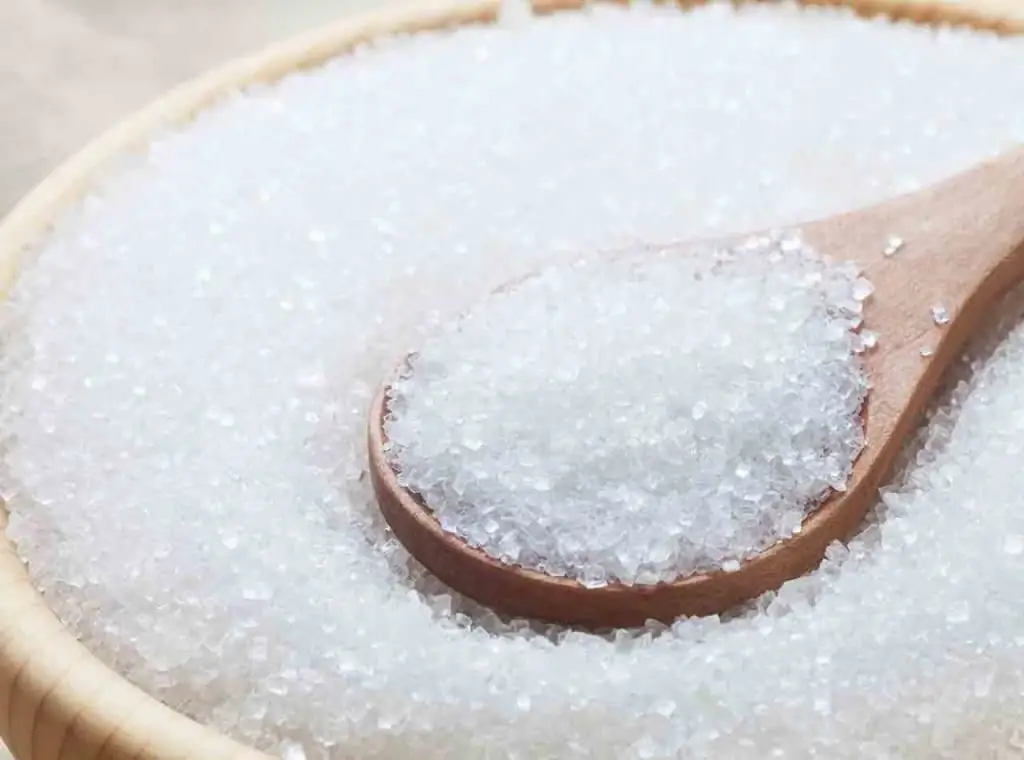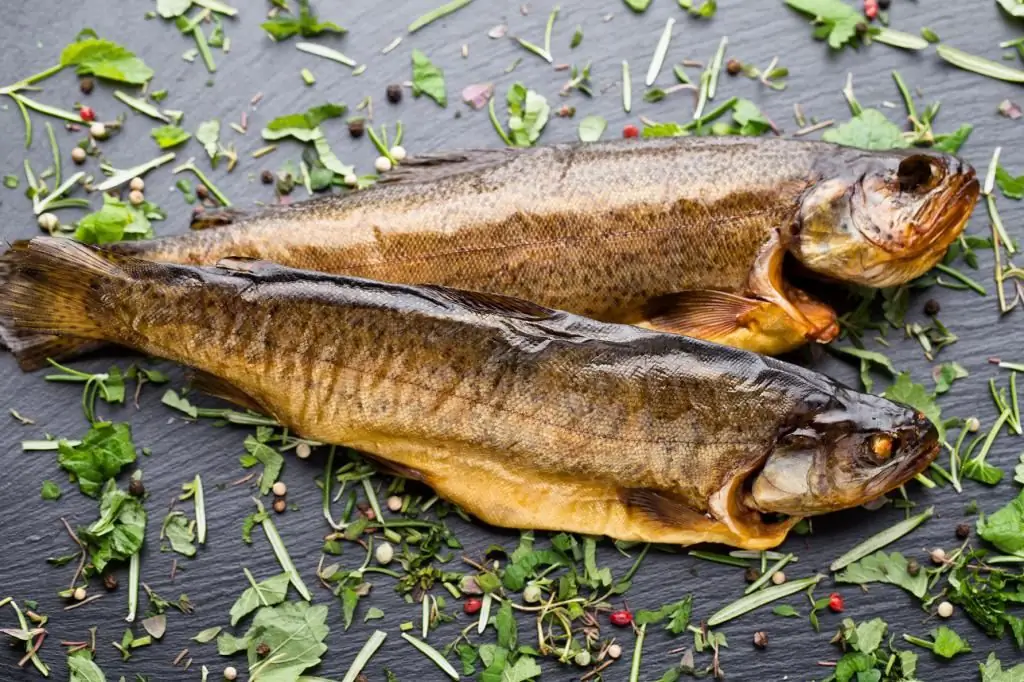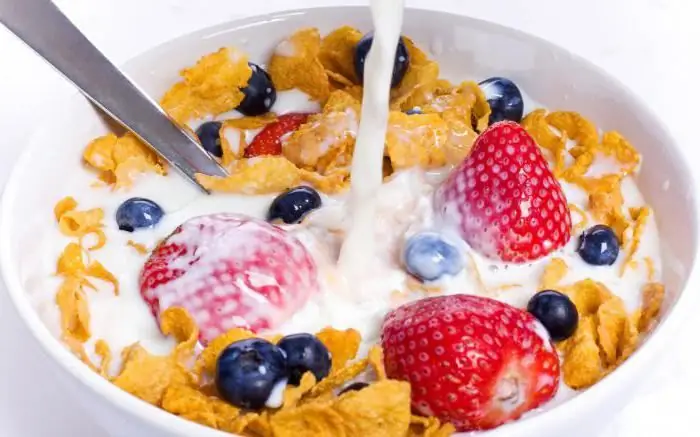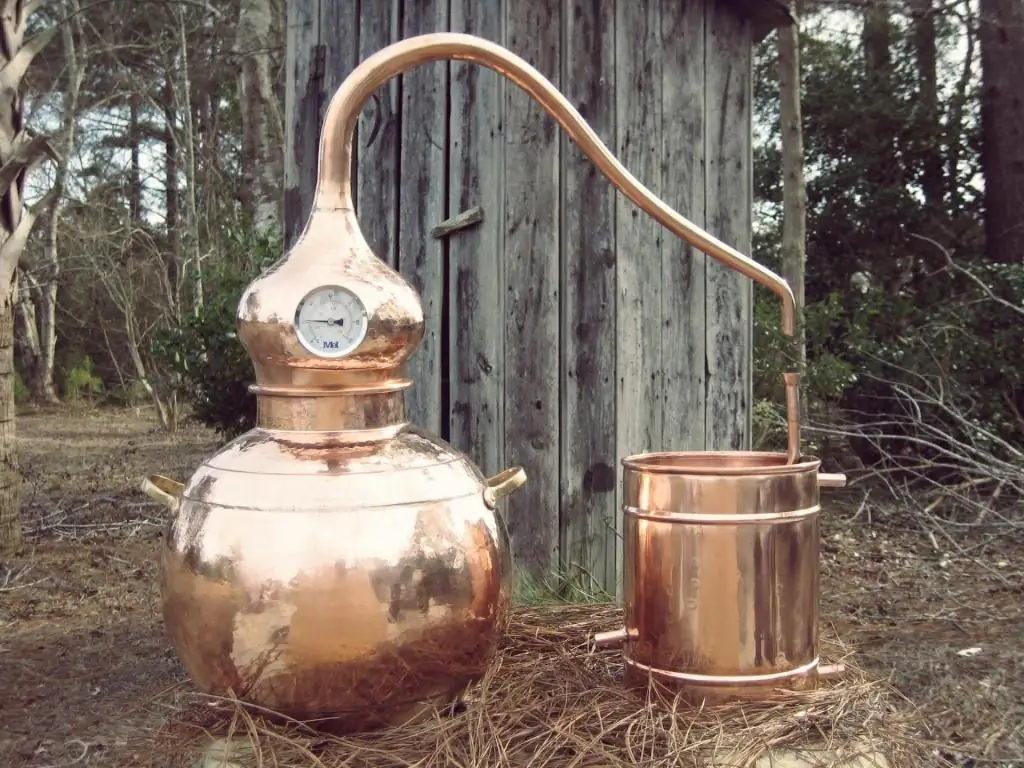2025 Author: Isabella Gilson | [email protected]. Last modified: 2025-01-23 12:50:39
Earlier, three-liter cans of apple, grape and tomato juice could be found on store shelves. Sometimes birch joined them in the spring, but due to its pale yellow color, it could not reach popularity.
Most importantly, all the juices were truly natural. They were made from seasonal raw materials that grew in the country. Apple juice was mass-produced from late summer to late autumn until the entire crop was harvested. The production of grape juice fell on the harvest period in the vineyards. Tomato juice was produced in a similar way. In Soviet times, there was no pineapple, orange, banana or multifruit juice. Since the fruits from which such drinks were made did not grow, and do not grow to this day on the territory of our country. Therefore, before discussing the dangers and benefits of juice, let's try to figure out how and from what it is produced.

Composition of multifruit juice
According to the packages, these juices contain several fruits. It can be, for example, a banana, strawberry, pear or kiwi, pineapple andmango. But excuse me, where does the juice come from in a banana, kiwi, mango or pineapple? Let's try to buy a kilogram of the same bananas and squeeze the juice out of them at home. Will it work a lot? Of course not. The same goes for other fruits, which are often found in multi-fruit blends. In order for their consistency to be liquid, apple juice is often added to them. Rather, on its basis, similar nectars are produced. And this is at best. Since most manufacturers add plain water to save money. And that's it! Juice is ready. Drink and enrich your body with vitamins. Well, completely unscrupulous manufacturers can limit themselves to emulsions, and as a result, everyone’s favorite Jupi drink in childhood, which they manage to pass off as juice, can turn out.
The process of making multifruit juice by a conscientious producer
So, for the production of 1 ton of multifruit juice, it is necessary to process 0.5 tons of apples. Mango concentrate, sugar syrup, water and citric acid are also added. All ingredients are heat and heat treated under high pressure. Heat treatment is necessary in order to destroy various harmful microorganisms, to avoid the fermentation process already in the packaged product. The higher the temperature during processing, the less time it takes. But at the same time, the quality of the juice is significantly reduced. Some of this method is replaced by short-term sterilization. But it is only suitable for those juices that are intended for packaging in bottles. Immediately before packaging, the juice is pasteurized. It is then bottledat a temperature not lower than 80 degrees and passes the stage of additional pasteurization and cooling.

Juice multifruit. Calories, fats, carbohydrates, proteins
On average, 1 liter of packaged juice contains four glasses of liquid. In total, one glass of juice accounts for about 28 g of carbohydrates, 4.4 g of protein and 0 g of fat. Its calorie content is approximately 113 kilocalories. As you can see, we are not talking about vitamins in purchased juices at all. Although many manufacturers write the opposite on the labels of their products. Praising the benefits of their product, indicating how it is enriched with vitamins A, B, C and many others.
Harm and benefits of multifruit juice
After considering the process of making multifruit juice and its composition, it is not necessary to speak about the benefits of such a product, rather the opposite. If previously purchased juices were considered a high-quality and he althy product, today this is in great doubt. And already pediatricians are not recommended to drink such juices for babies at an early age, rather they warn mothers and advise them to refrain from them.

If you really want to get the most out of your juices, then get a juicer and experiment at home for the he alth of yourself and your loved ones.
Recommended:
Sugar and s alt - harm or benefit. Definition, chemical composition, effects on the human body, the pros and cons of consumption

Almost every one of us eats sugar, s alt daily. At the same time, we do not even think about the so-called white death. These two ingredients enhance the taste of dishes, thereby increasing appetite. A sweet tooth strives to put an extra couple of spoons of sugar in tea, but s alty lovers will never give up canned vegetables in winter. We will talk in more detail about the permissible daily consumption of these products
Smoked fish: harm and benefit, smoking technology and shelf life

Fish is one of the products in high demand. There are many ways to cook fish, among which smoking is considered popular. During the heat treatment, the product acquires a pleasant shiny color and a delightful smoky aroma. Smoked fish, the harm and benefits of which is the subject of much controversy to this day, can even be cooked at home
Oatmeal with fruits and milk. Benefit and harm

It's no secret that oatmeal is a very he althy and inexpensive breakfast. What positive properties does it have? Does oatmeal with fruit harm our body?
Moonshine: harm and benefit to the body. Preparation, cleaning and brewing methods

Since ancient times, people have tried to discover something new. They wanted to improve the quality of their products. Conducted various experiments, experiments on everything that they liked. This desire has helped to achieve the desired results in the modern world. There are many recipes that came to us from the past, and modern technologies make the cooking process easier
Panifarin: what is it, properties and application. Gluten: harm and benefit

Many housewives are engaged in self-baking of rye bread. This is a rather laborious process. Even experienced chefs are often faced with a situation where the dough cooked according to all the rules does not rise. This is usually observed when using wholemeal flour. This product contains virtually no gluten

